The Meccano Society of Scotland
Andrew Knox
Model of the Finneston Crane Crane
This model is based on the famous preserved Finneston Crane on the river Clyde in Glasgow.
At the time of writing (March 2011) it is thought that of the original ~60 giant cantilever "Titan" cranes built worldwide (Arrols built forty of them) only fourteen remain. Four of these remaining cranes are situated on the River Clyde, between Greenock (built by Arrol in 1917 at the James Watt Dock to carry 150 tons) and Stobcross Quay in the centre of Glasgow (the "Finneston" crane). The others on the Clyde are at the John Brown yard on Clydebank (another Arrol, built 1907 to carry 150T, uprated to 200T in 1938), now a tourist attraction, and the Barclay Curle crane in Renfrew, now in a very poor state of repair. The 150 tons capacity Barclay Curle crane was originally built by Arrol and finished in 1920 for the North British Diesel Engine Works where it was used to lift marine diesel engines through the roof of the factory for installation into ships moored alongside at the Diesel Wharf. All of the titans on the Clyde are 'A' listed.
The Finnieston Crane is officially named the Stobcross Crane but takes its common name from the adjacent quay (filled in) and is owned by the Clydeport Authority. The crane has been non-operational since the early nineties and is now used for occasional charity abseils and zip crossings of the Clyde. A secure area under the tower contains the hooks, ropes and various other bit of the crane. The Finnieston crane was not (contrary to common belief) built by Arrols but by Cowans, Sheldon & Co. Arrols did build the crane's foundations, however. The crane stands ~200 ft high with a 152 ft radius jib, weighing approximately 2000 tonnes and has a lifting capacity of 175 tons. When completed in 1931 it was the largest hammer-head crane anywhere in Europe and its services were always in great demand. The principal use for the crane was lifting boilers and engines into ships. Despite the decline of shipbuilding on the Clyde the Finnieston crane was retained because of its exceptional lifting capability and latterly was used for loading railway locomotives, tanks and guns that were built in Glasgow into shipping for transport all over the world.
The Meccano / Metallus model shown in the photos is built at approximately 1:50 scale. The boom is 123 holes long (same as the Blocksetter, but with a very different bracing arrangement) with an addition 5 holes for the machinery house. The tower has a square cross-section and is 21 holes wide by 68 holes high to the base of the ring gear.
The model uses 6 motors, powered by a pair of 7AH / 12V VRLA batteries which also act as a counterweight for the boom. The motor uses are:
- Boom slewing
- Crab in / out (main hook)
- Hoisting (main hook)
- Grab open/close (main hook) (this is connection to the hoisting drum by a differential to enable the open / close of the grab to be controlled independently of the height of the grab)
- Crab in / out (Aux hook)
- Hoisting (aux hook).
Pictures of the Finneston Crane
High resolution versions of the photos are also available for download if desired.

Photo - Andrew Knox
General view of the Finneston Crane - Andy Knox (15/12/2010)
Click here to see higher resolution photo

Photo - Andrew Knox
General view of the Finneston Crane - Andy Knox (15/12/2010)
Click here to see higher resolution photo
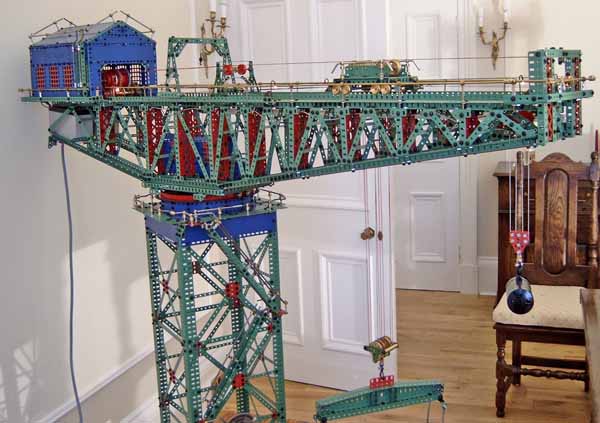
Photo - Andrew Knox
General view of the Finneston Crane - Andy Knox (15/12/2010)
Click here to see higher resolution photo
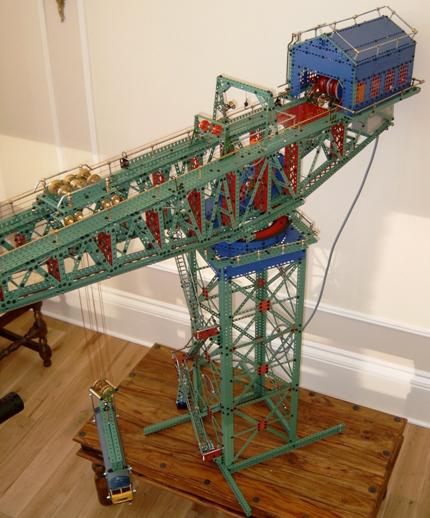
Photo - Andrew Knox
General view of the Finneston Crane - Andy Knox (15/12/2010)
Click here to see higher resolution photo

Photo - Andrew Knox
The Finneston Crane - Underneath view of the boom - Andy Knox (15/12/2010)
Click here to see higher resolution photo

Photo - Andrew Knox
The Finneston Crane - Underneath view of the boom - Andy Knox (15/12/2010)
Click here to see higher resolution photo

Photo - Andrew Knox
The Finneston Crane - View of the front of the jib - Andy Knox (15/12/2010)
Click here to see higher resolution photo
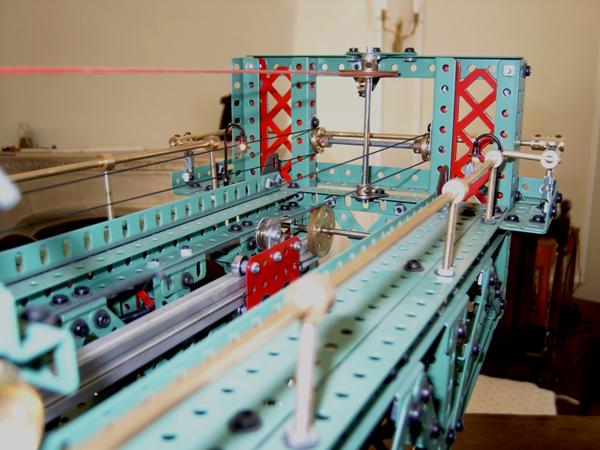
Photo - Andrew Knox
The Finneston Crane - View along the jib to the front - Andy Knox (15/12/2010)
Click here to see higher resolution photo

Photo - Andrew Knox
The Finneston Crane - View of the main crab - Andy Knox (15/12/2010)
Click here to see higher resolution photo
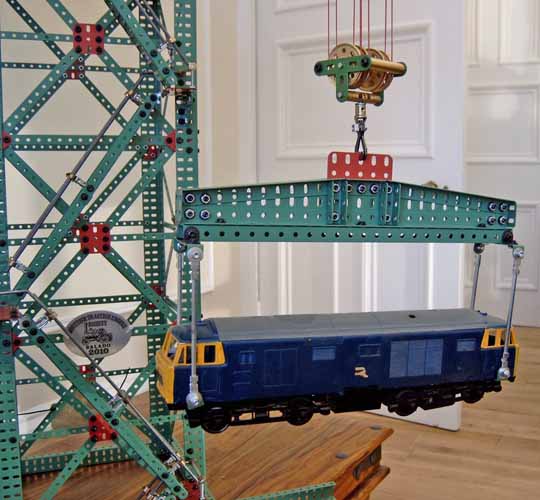
Photo - Andrew Knox
The Finneston Crane - View of the main boom/hook - Andy Knox (15/12/2010)
Click here to see higher resolution photo
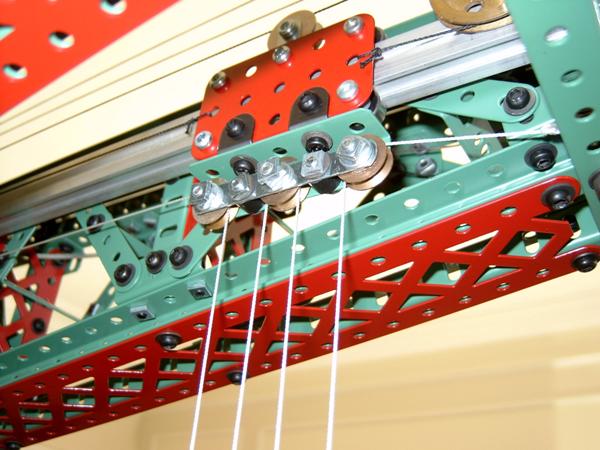
Photo - Andrew Knox
The Finneston Crane - View of the auxillary crab - Andy Knox (15/12/2010)
Click here to see higher resolution photo

Photo - Andrew Knox
The Finneston Crane - View of the auxillary hook - Andy Knox (15/12/2010)
Click here to see higher resolution photo

Photo - Andrew Knox
The Finneston Crane - The winding house - Andy Knox (15/12/2010)
Click here to see higher resolution photo

Photo - Andrew Knox
The Finneston Crane - Side view of the rear of the boom showing the winding house - Andy Knox (15/12/2010)
Click here to see higher resolution photo
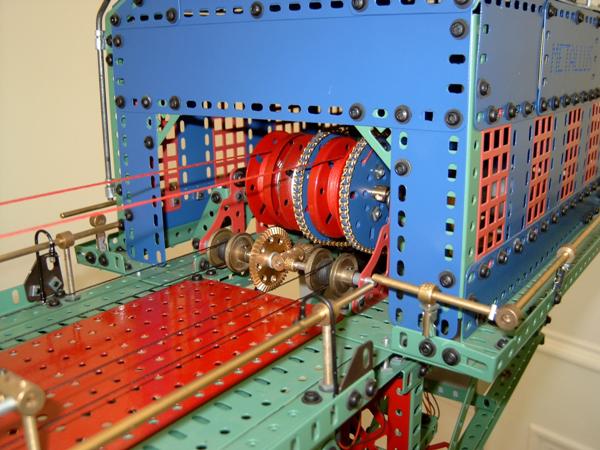
Photo - Andrew Knox
The Finneston Crane - The main winding drums - Andy Knox (15/12/2010)
Click here to see higher resolution photo

Photo - Andrew Knox
The Finneston Crane - The auxilliary winding house - Andy Knox (15/12/2010)
Click here to see higher resolution photo

Photo - Andrew Knox
The Finneston Crane - The auxilliary winding mechanism - Andy Knox (15/12/2010)
Click here to see higher resolution photo
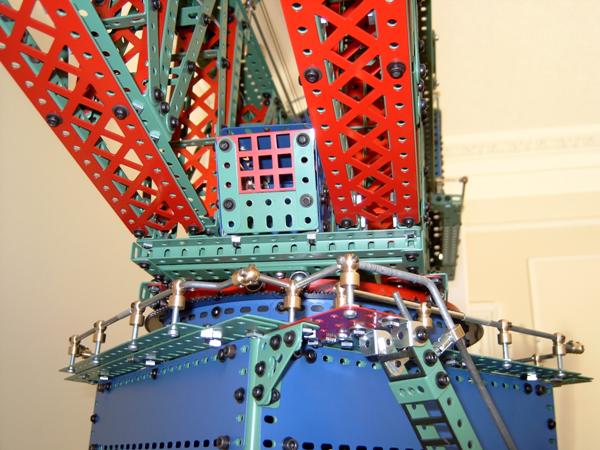
Photo - Andrew Knox
The Finneston Crane - The operating cab - Andy Knox (15/12/2010)
Click here to see higher resolution photo
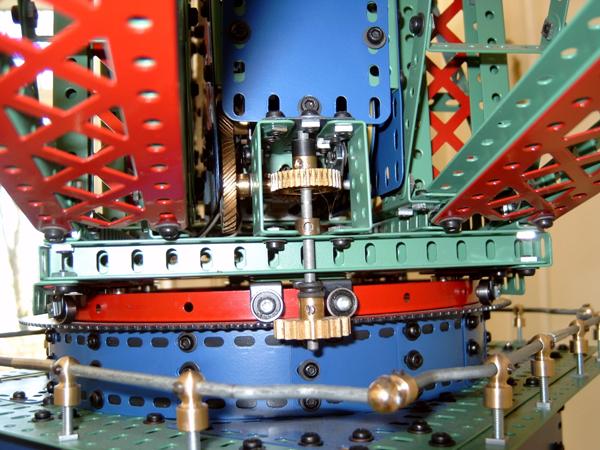
Photo - Andrew Knox
The Finneston Crane - The jib slewing mechanism - Andy Knox (15/12/2010)
Click here to see higher resolution photo

Photo - Andrew Knox
The Finneston Crane - The bearing for the jib - Andy Knox (15/12/2010)
Click here to see higher resolution photo

Photo - Andrew Knox
The Finneston Crane - The stairs at the top of the tower - Andy Knox (15/12/2010)
Click here to see higher resolution photo
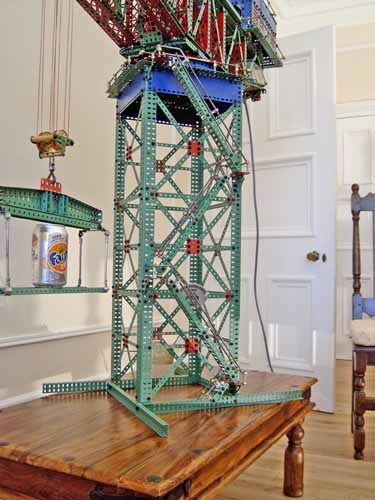
Photo - Andrew Knox
The Finneston Crane - The tower of the crane - Andy Knox (15/12/2010)
Click here to see higher resolution photo

Photo - Andrew Knox
An old photograph of the Finneston crane in Glasgow (15/12/2010)
Click here to see higher resolution photo

Photo - Andrew Knox
The Finneston crane in Glasgow today (15/12/2010)
Click here to see higher resolution photo
Tip - You may find it better to view the pictures in 'full screen' mode - For most browsers F11 will toggle this on and off.
© 2024 Meccano Society of Scotland

